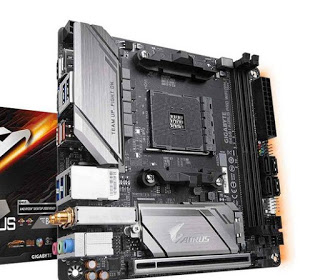Creamy Coconut Shrimp Curry(with a Nigerian twist)
I swear this recipe is very easy. It was a last minute type of recipe I adapted from the Pioneer woman, but with a Nigerian twist to it. I had to run some errands with my ajebutters and all I had brought out from the freezer were the shrimp. I was so mad at myself because I did not know what exactly to do, so I googled and found Ree Drummond’s recipe for shrimp curry. I have always loved her and her coconut curry shrimp happens to be my current favorite.
While I was making this dish, one of my ajebutters kept saying, “I don’t want curry mommy, why can you not make stew?” ‘Nigerianized‘ aren’t we? But you had to have seen her digging into her curried shrimp and rice. Whoop! I was so pleased. Because two things happened not too long ago: Like I had mentioned, my son got diagnosed with food allergies and my daughter has recently started being picky. But good thing she loves stew and this curry was a hit, so saying it is a children palate pleaser wouldn’t be too far fetched.
One good thing about this curry is that it is quite versatile. The recipe is quite flexible and you could eat it with whatever side. From rice to yam…yes yam my people! You could add veggies to the curry too, Spinach goes great with it. The first time I made it, I used peas and carrots as that was what I had available.
The best way to enjoy this curry is by eating it with Jasmine rice as a side. And if in any event Jasmine rice is not available, Basmati or any regular long grain rice would do. It is just imperative that you understand that this sauce is the bizknees!
With the way I’m raving about this recipe, one would think that I was an expert in making curry. But I seriously didn’t always like curry as a child. Just like my ajebutter, I was a stew girl. I used to turn up my nose anytime any type of curry sauce was brought close to me. I did not like the smell nor the taste and it had no tomato either(smirk); so my answer was always “no thank you.” Now, power has changed hands. I love curried sauces, they are easy to make and very flavorful especially when you add coconut milk and/or corn flour 🙂 Then the twist? Uziza leaves! Yes uziza leaves. Its did the trick and once it hit my taste buds, I was in heaven. foodie heaven that is 🙂
It is paramount for your existence that you make this 🙂
- 2lbs veined tiger shrimp
- 2tbsps butter or coconut oil
- 1 medium chopped sweet onion
- 3-4 minced garlic cloves
- ½ an inch ginger
- 1 cup of mixed vegetables
- 1 crushed jumbo habanero pepper(ata-rodo)
- 2 tbsps. curry powder
- 1½-2 tbsps. honey(optional)
- juice of one lime or juice of half a lemon
- 400mls coconut milk
- 1 handful of basil or scent leaves
- A few Uziza leaves
- bouillon
- salt to taste
- Heat 1tbsp of butter or coconut oil in a pot, season the shrimp with a little salt and cook in the butter until they have turned pink; then remove from the pot and set aside. Pour the remaining butter or coconut oil into the pot and sauté the onion until translucent; then add the garlic and ginger and sauté until fragrant. Add the curry powder and stir for a minute. Pour in the coconut milk, habanero, lime juice and honey. Stir very well to combine. Season to taste with a bouillon and/or salt. once the sauce starts to cook, reduce the heat and add the shrimp. Let the sauce bubble; then add the basil (or scent leaves), uziza leaves and check for seasonings. Then set aside before serving.



